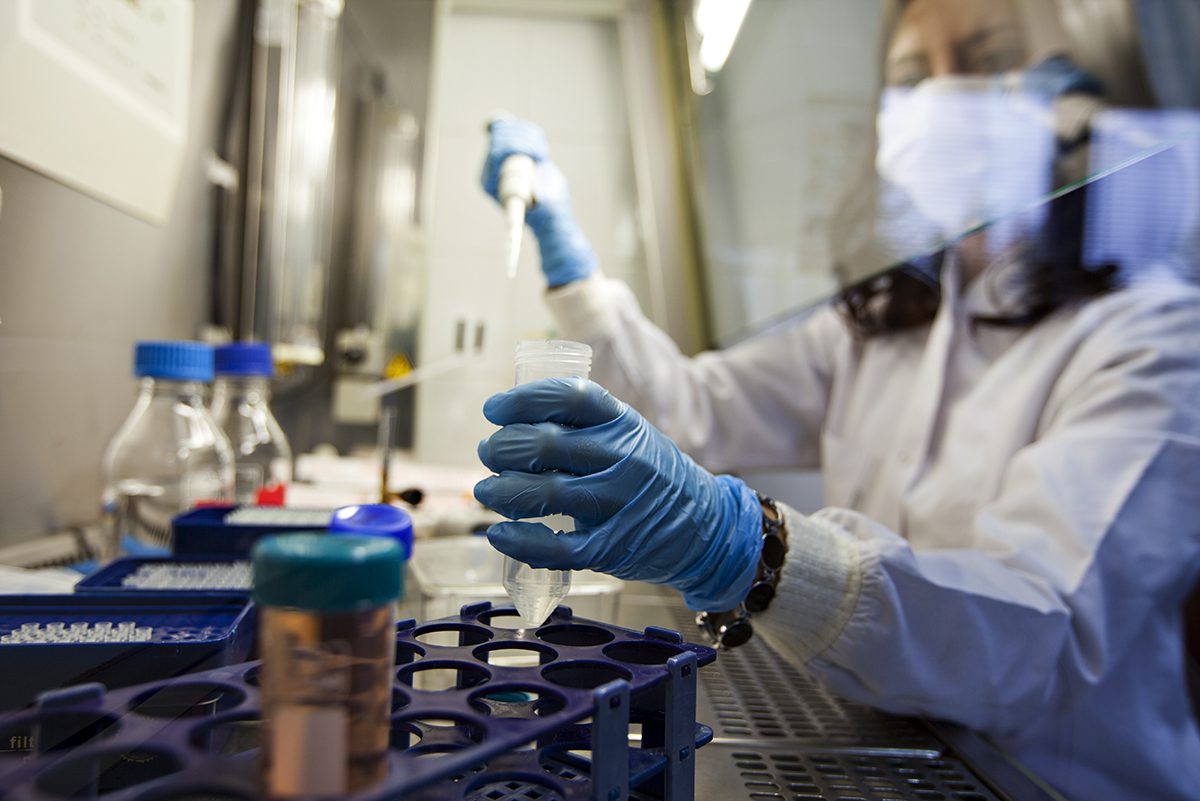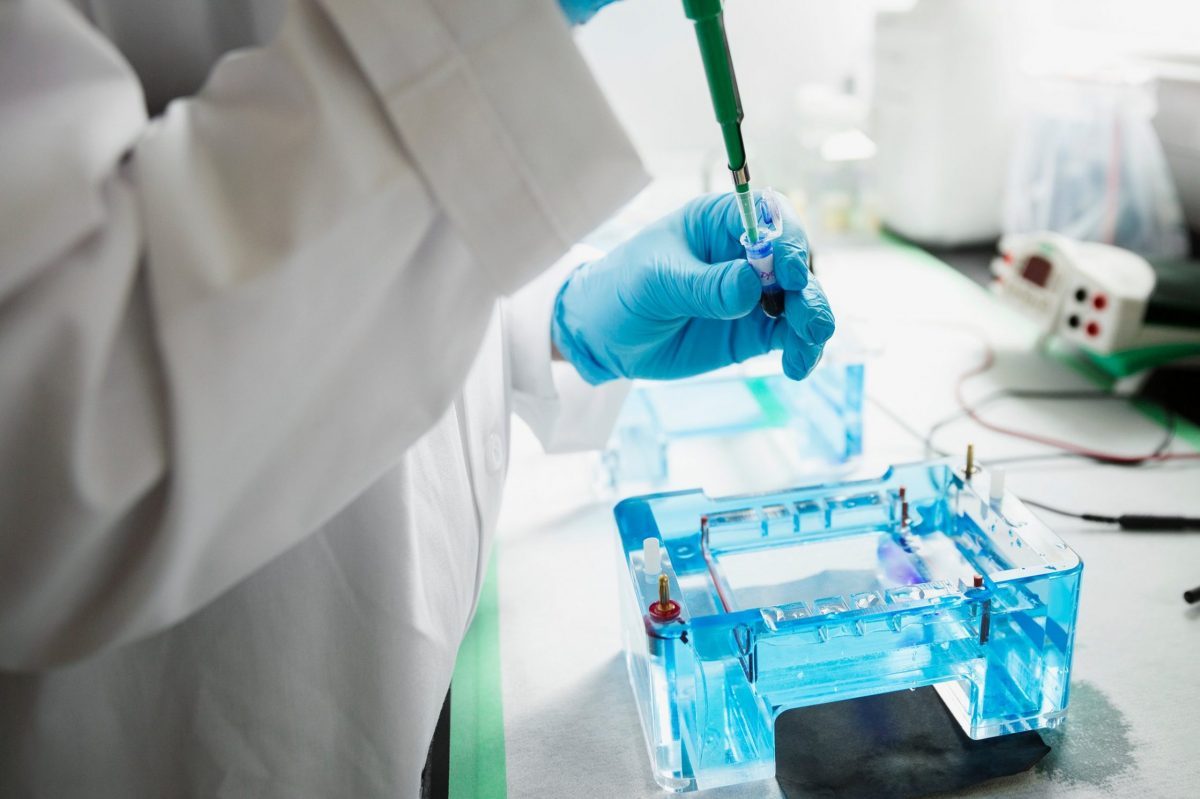While some people wonder, “what is whole milk?” and if it’s good for them, others can’t digest any form of dairy. The discomfort you experience after indulging in a glass of warm milk or a bowl of ice cream results from lactose intolerance. Guess what? The condition is way more common than you think.
Up to 75% of the world’s population have some degree of lactose intolerance, meaning they lack the enzyme needed to digest lactose sugar properly.
For many, the symptoms are mild, but for others, consuming dairy can lead to gastrointestinal issues like bloating, cramps, gas, and diarrhea.
If you’re one of the millions dealing with lactose intolerance, you may wonder – is this normal? The truth is lactose intolerance is a natural and common condition.
Our bodies are designed to process lactose as infants, but as we age, our lactase levels, the enzyme that breaks down lactose, naturally decrease.
We intend to answer the question, is lactose intolerance a normal gene? But beyond that, this article is a hub of knowledge on this condition. So, delve in to understand it better.
What Is Lactose Intolerance?
Lactose intolerance is a common digestive disorder characterized by the inability to fully digest lactose sugar in milk and dairy products.
This condition occurs when the small intestine does not produce enough of an enzyme called lactase. This lactase breaks down lactose into simpler sugars, like glucose and galactose.
When individuals with lactose intolerance consume lactose-containing foods or drinks, they may experience various symptoms, including bloating, gas, and sometimes nausea. The severity of symptoms varies among individuals. Some can tolerate small amounts of lactose, while others may experience symptoms even after consuming a tiny quantity.
Being lactose tolerant or not depends on a lot that we’ll explore in subsequent sections.
What Are The Types Of Lactose Intolerance
Lactose intolerance varies in different individuals. Let’s check out the different types of lactose non-persistence:
Primary Lactose Intolerance
This is the most common type of lactose intolerance due to decreased lactase production that naturally happens with age.
Most people are born with the ability to produce lactase, but as they get older, the production of this enzyme decreases.
Primary lactose intolerance is more prevalent in adults, particularly in certain ethnic groups, such as people of African, Asian, Hispanic, and Native American descent.
Secondary Lactose Intolerance
It’s caused by an underlying condition or injury that damages the small intestine’s lining, where lactase is produced.
Celiac disease, Crohn’s disease, bacterial overgrowth, and gastrointestinal infections can lead to secondary lactose intolerance. In this case, the symptoms may improve once the underlying condition is treated or resolved.
Congenital Lactose Intolerance
Congenital lactase deficiency is a rare genetic disorder in which infants are born with little or no lactase enzyme activity. Symptoms usually appear shortly after birth when the baby is fed breast milk or regular formula. In such cases, lactose must be removed from the infant’s diet, and lactose-free or lactose-reduced formulas are used instead.
Developmental Lactose Intolerance
This occurs in premature infants with temporary lactose intolerance due to their underdeveloped digestive systems. For such conditions, lactose can be gradually reintroduced into their diet as they mature and their digestive system improves.
Genetics Of Lactose Intolerance
This isn’t a social and behavioral research study. But we need to delve into the genetics of lactose non-persistence to understand it better.
Lactose intolerance could either be caused by genetics or not. The genetic explanation of lactose intolerance lies in variations in the lactase gene (LCT), which is responsible for producing the lactase enzyme. Lactase is crucial for breaking down lactose in milk and dairy products.
However, the LCT gene is regulated by another gene called MCM6 (minichromosome maintenance complex component 6). The MCM6 gene is located upstream of the LCT gene on the DNA strand. And it affects your ability to digest milk.
The MCM6 gene plays a crucial role in regulating the activity of the LCT gene. It contains a region called the lactase persistence-associated region or LCT-13910 locus, which influences the production of lactase enzymes by controlling the expression of the LCT gene.
Specific genetic variations within the MCM6 gene, particularly in the LCT-13910 locus, are strongly associated with lactase persistence or non-persistence. These variations determine whether the LCT gene remains active or becomes less active over time, affecting lactase production and the ability to digest lactose.
The MCM6 gene acts as a regulatory switch, modulating the activity of the LCT gene and thereby impacting an individual’s ability to digest lactose throughout their lifetime.
Understanding the interplay between the MCM6 and LCT genes provides valuable insights into the genetic mechanisms underlying lactose intolerance and lactase persistence.
However, it’s important to note that lactose nonpersistence isn’t only a genetic condition. Factors like environmental and dietary influences can also cause it.
Symptoms Of Lactose Intolerance

Lactose-intolerant people may experience the following symptoms when they drink milk:
- Bloating
- Abdominal pain or cramps
- Gas or flatulence
- Diarrhea, loose stools, or watery stools
- Nausea
- Vomiting (less common)
- Stomach rumbling or gurgling sounds
- General discomfort or uneasiness after consuming lactose-containing foods or drinks
These symptoms typically occur within a few hours after consuming lactose. Moreover, the severity of symptoms depends on the amount of lactose consumed and an individual’s level of lactase deficiency.
Not All Dairy Is Off Limits – Which Foods Can You Still Enjoy?
Even though lactose intolerance means you have trouble digesting lactose, not all dairy is off the menu. Many people with lactose intolerance can still enjoy certain dairy foods in moderation.
Hard Cheeses
Hard cheeses like cheddar, Swiss, and Parmesan contain little or no lactose, so they are usually well tolerated. The lactose is removed during the cheesemaking process. Snack on cheese cubes, grate it over salads or pasta or melt it onto sandwiches.
Yogurt
Most yogurt contains live active cultures that break down the lactose, making it easier to digest. Look for yogurt marked “lactose-free,” which contains live and active cultures. Yogurt is a great breakfast option or replacement for sour cream.
Lactose-Free Dairy
Many dairy brands now offer lactose-free milk, ice cream, cottage cheese, and more. The lactose in these products is pre-digested using the lactase enzyme. Hence, they are 99% lactose-free and safe for most people with lactose intolerance to consume without issue.
Butter
Butter contains little lactose, so moderate amounts can usually be consumed without problems. Use it for cooking, spreading on bread, or melting on vegetables, potatoes, and popcorn.
Aged Cheese
Aged hard cheeses like Parmesan, cheddar, Swiss, and provolone have little or no lactose. The longer a cheese ages, the lower the lactose content becomes. Most cheeses over 6-12 months old will have negligible lactose.
While dairy may still be part of your diet, listen to your body and avoid anything that causes discomfort. You can determine which dairy foods and portion sizes work for you with some experimentation.
Lactose Intolerance FAQ
Being lactose intolerant is quite common, so don’t feel odd if you have it. Here are some frequently asked questions about this condition:
Is Lactose Intolerance Inherited or Developed?
Lactose intolerance may be inherited (genetic) or developed over time. The most common cause is a natural decrease in lactase production as you age.
Many people are born with the ability to digest lactose but lose some or all of this ability as they grow up due to decreasing lactase levels. This is known as primary lactose intolerance. Secondary lactose intolerance develops due to an illness, injury, or surgery that affects your small intestine.
Are There Tests for Lactose Intolerance?
Yes, the most common tests for lactose intolerance are:
- Hydrogen breath test: You drink a lactose solution and exhale it into a machine that measures hydrogen levels. High hydrogen indicates lactose intolerance.
- Lactose tolerance test: You drink a lactose solution and have your blood sugar tested. Low blood sugar indicates lactose intolerance.
- Stool acidity test: Check your stool for excess acidity from undigested lactose.
- Intestinal biopsy: A small tissue sample from your intestine is checked for lactase levels. Low lactase confirms lactose intolerance.
Is Lactose Intolerance Serious or Life-threatening?
Just like anyone with type 1 would manage their blood sugar levels, lactose intolerance is manageable. In fact, it’s not severe or life-threatening but has uncomfortable symptoms and nutrient deficiencies if left unmanaged.
The good news is lactose intolerance can often be managed well through diet changes, lactase supplements, or other treatments.
Final Words
If you can’t handle that extra scoop of ice cream or if milk gives you the runs, it’s time you check for lactose intolerance. It often means your body is struggling to produce enough lactase to digest the sugar in lactose properly. But you can still enjoy dairy in moderation, from taking lactase supplements to choosing lactose-free or lactose-reduced options.
You may also opt for non-dairy milk and yogurts made from almond, soy, or coconut. While lactose intolerance can be annoying, the key is not to see it as something that makes you abnormal or unhealthy.
Your body is just functioning the way nature intended. So pour yourself an extra glass of that almond milk latte!




